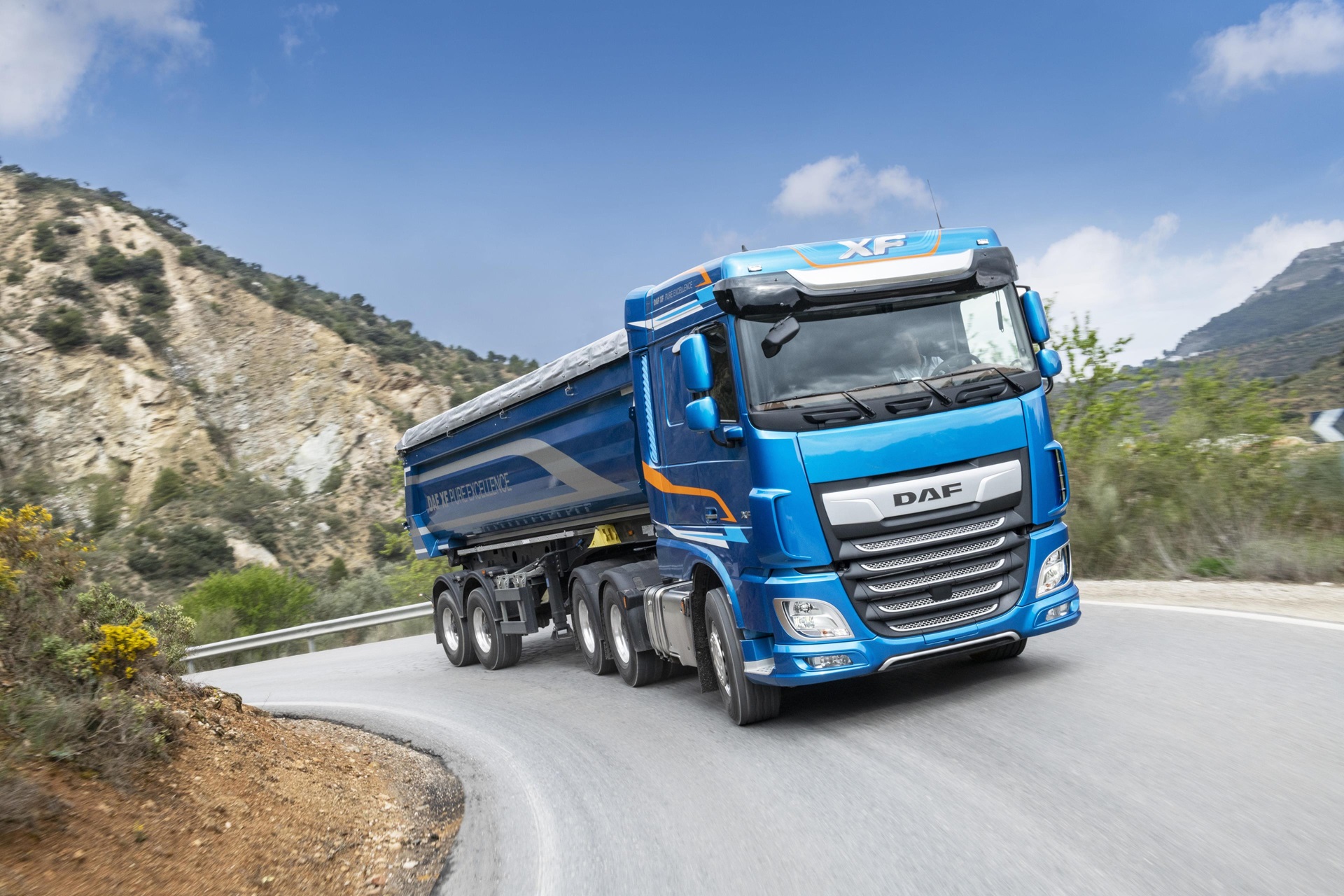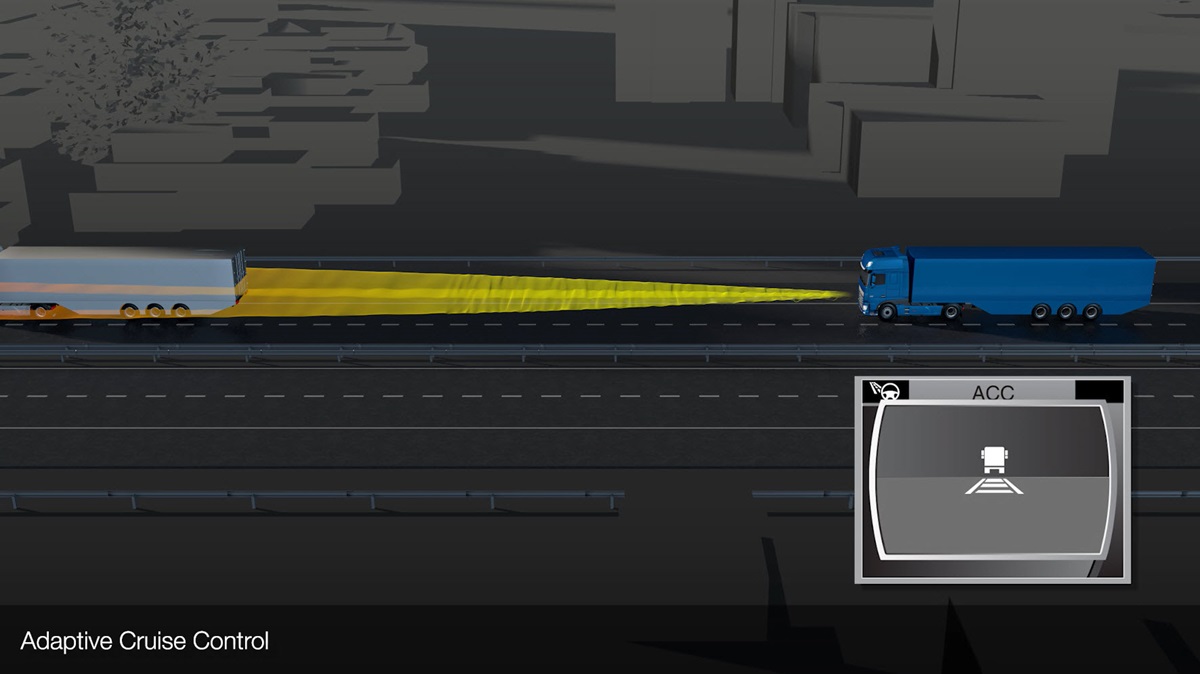
More comfort and safety thanks to ACC
More than 250,000 DAF drivers already know that Adaptive Cruise Control (ACC) makes life easier and safer because it has been fitted on almost all DAF models in Europe since 2015.
Find out moreFor most other brands of truck, the system only works in combination with a retarder. “With DAF, however, ACC works very well in combination with the exhaust brake, our MX engine brake and the wheel brakes,” according to project manager testing Raoul Wijnands. One of the reasons for this is the DAF MX Engine Brake. “The MX is one of the most powerful engine brakes on the market and it can provide optimal performance across a wide range of rpms. This is a major advantage when used in combination with ACC, because not every driver has a retarder at their disposal. Our aim is make optimal safety available to as many drivers as possible and to offer them more than just maximum comfort. When used properly, ACC contributes to both comfort and safety significantly.”
COMFORT AND SAFETY
Since 2015, the law requires almost every new truck to befitted with an advanced automatic emergency brakesystem (AEBS). The truck’s radar continually scans theroad ahead for dangerous situations. If, for whatever reason, the driver fails to intervene on time or brake hard enough, the AEBS takes over. “The emergency brake system always exerts the maximum amount of braking power possible on the wheels,” explains Wijnands. “But whether this brings the truck to a complete stop on time or not depends to a large extent on external factors, such as the condition of the road. It goes without saying that you cannot brake as effectively on a slippery or worn-out road surface as you can on a newly-laid stretch of asphalt. The best way to use AEBS, therefore, is to ensure that you don’t need to activate it at all.” And that is precisely where ACC can be of great help to a driver. “Initially, Adaptive Cruise Control was introduced as a means of increasing the comfort level of drivers, with the added bonus of improved safety. It was basically the next step up from normal cruise control, where the driver had to eventually step on the brakes when approaching another vehicle. Now ACC does the job for you. And not only that. Our ACC is so good that it fully deserves the label of safety system as well. Today, over a quarter of a million of our trucks are fitted with ACC.”


CRUISE
ACC allows the driver to set a fixed distance of 30 to 80 metres between his/her truck and the vehicle in front. “The truck is then not just driving on cruise control but also actively monitoring the distance between it and the next vehicle. If the vehicle in front begins to slow down, the ACC adjusts the distance almost imperceptibly. When the preceding vehicle accelerates, the distance between the two vehicles becomes greater, but if it suddenly slows down, the ACC reacts immediately, first by releasing the accelerator before activating the exhaust brake. If that does not suffice, the ACC activates the MX Engine Brake and the wheel brakes as required. This happens in the case of a deceleration of up to 2m/sec2, which is a considerable rate. Only when this appears insufficient, and the driver fails to intervene on time, does the AEBS take over. It deactivates the ACC and brings the truck to an emergency halt if required. In this way, the ACC complements the AEBS perfectly, because in most cases it will negate the need for the AEBS to be activated.”
CONFUSION
Nevertheless, there is still a lot of confusion concerning ACC. Many drivers think that they are required to use it because they might otherwise get into trouble with the law or the insurance company should they be involved in an accident. This is not true – use of the ACC is not required by law. The situation is not so clear, however, with regard to AEBS. In Germany there has been at least one case in which a Judge laid the blame firmly on a driver who had caused a fatal accident after it turned out that he had purposely deactivated the truck’s AEBS system. ACC makes an important contribution to driver comfort and safety, which explains DAF’s decision to fit the system as standard on the majority of its LF, CF and XF models in Europe.


